When it comes to body art and natural dyes, the terms “Henna” and “Mehndi” are often used interchangeably. But are they truly the same, or is there more to their story? In this article, we’ll delve into the origins, uses, and cultural significance of both to clarify any confusion.
What is Henna?
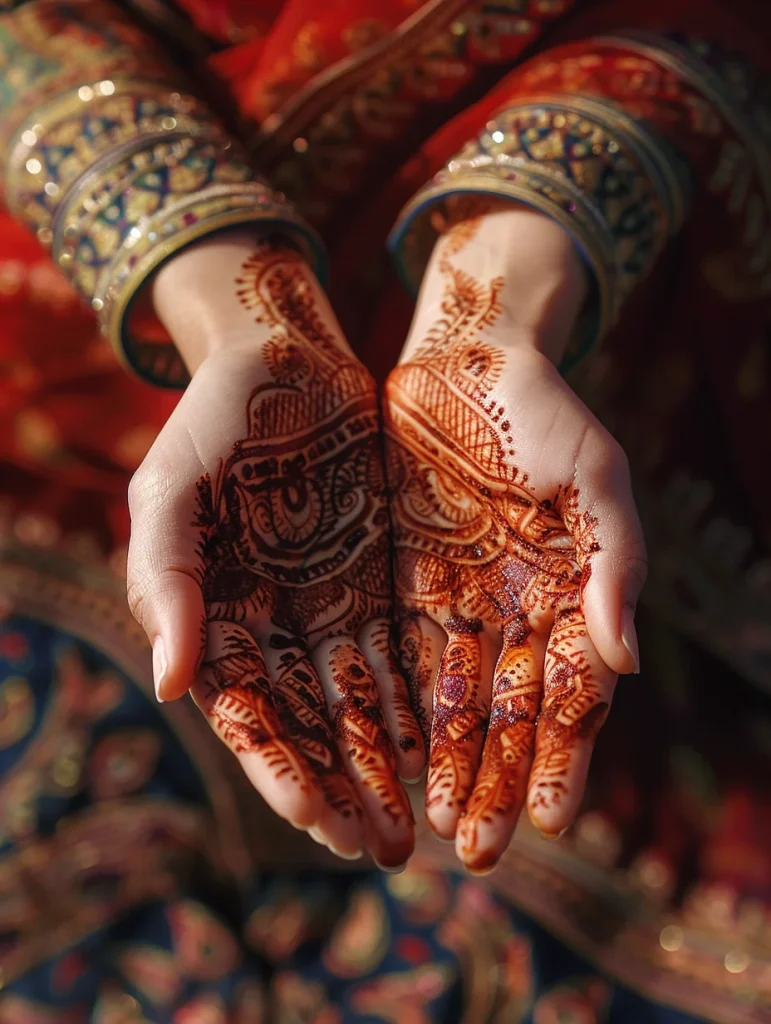
Henna is a natural dye made from the leaves of the Lawsonia inermis plant, commonly known as the henna tree. The leaves are dried, powdered, and then mixed with other ingredients to create a paste. This paste is used for temporary body art, hair dyeing, and even as a treatment for minor skin conditions. Henna has been used for centuries across various cultures, particularly in the Middle East, North Africa, and South Asia.
Key Uses of Henna:
- Body Art: Known for its intricate designs, henna is applied to the skin in the form of temporary tattoos. These designs are popular in weddings, festivals, and other celebratory events.
- Hair Dye: Henna is also used as a natural hair dye, providing a reddish-brown color and conditioning the hair.
- Medical Uses: Traditionally, henna has been used for its cooling and soothing properties, as well as for its potential anti-fungal and anti-bacterial benefits.
What is Mehndi?
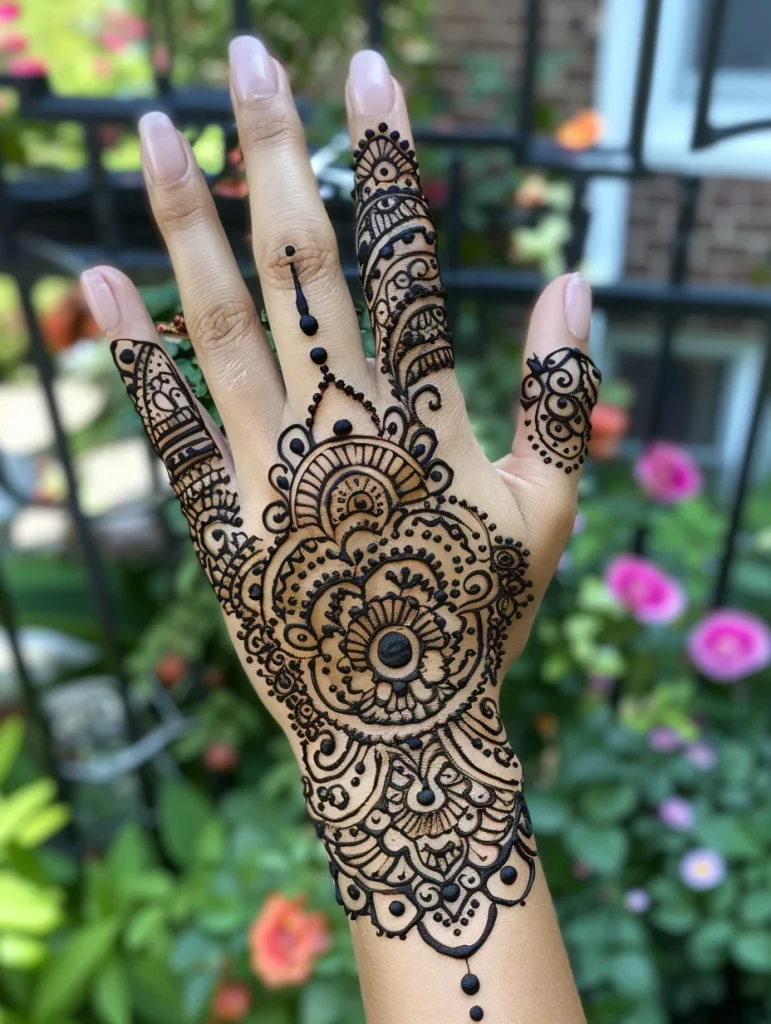
Mehndi, often spelled “Mehendi,” is the term used in South Asian cultures to refer to the practice of applying henna to the skin. While the substance used is the same—henna—the term “mehndi” specifically relates to the cultural practice and the art form associated with it.
Key Features of Mehndi:
- Cultural Significance: Mehndi is deeply rooted in South Asian cultures, especially in India, Pakistan, and Bangladesh. It plays a significant role in weddings and other traditional ceremonies.
- Designs and Patterns: Mehndi designs are often intricate and elaborate, featuring geometric patterns, floral motifs, and symbolic representations. The application of mehndi is considered an art form and is often done by skilled artists.
- Tradition and Rituals: In South Asian weddings, mehndi is applied to the bride’s hands and feet as part of the pre-wedding rituals. The depth of the color is believed to symbolize the bride’s fortune and the strength of her relationship with her partner.
Are mehendi and henna the same?

Henna and mehndi are often used interchangeably, but they are actually two different terms for the same plant-based dye used for temporary body art. The main difference lies in their regional usage:
- Henna: This term is more commonly used in Western countries and is derived from the Arabic word “henna.”
- Mehndi: This term is more commonly used in South Asia and is derived from the Sanskrit word “menhdi.”
Both henna and mehndi refer to the same plant, Lawsonia inermis, which is native to the Middle East and North Africa. The leaves of this plant are dried, powdered, and mixed with a liquid (usually water or lemon juice) to create a paste that is applied to the skin. Once dry, the paste is removed to reveal a temporary stain that can last for several days or weeks.
In essence, henna and mehndi are simply different names for the same thing. The choice of term often depends on the region or cultural context.
Conclusion:
While henna and mehndi are closely related, they are not exactly the same. Henna is the natural dye derived from the Lawsonia inermis plant, used in various cultures around the world. Mehndi, however, refers to the cultural practice of applying henna as body art, particularly in South Asian traditions.
Understanding the distinction between henna and mehndi enhances our appreciation of their respective cultural and historical significance. Whether you’re interested in the art of mehndi or the versatile uses of henna, both hold a rich heritage worth exploring.
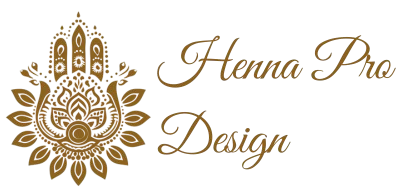
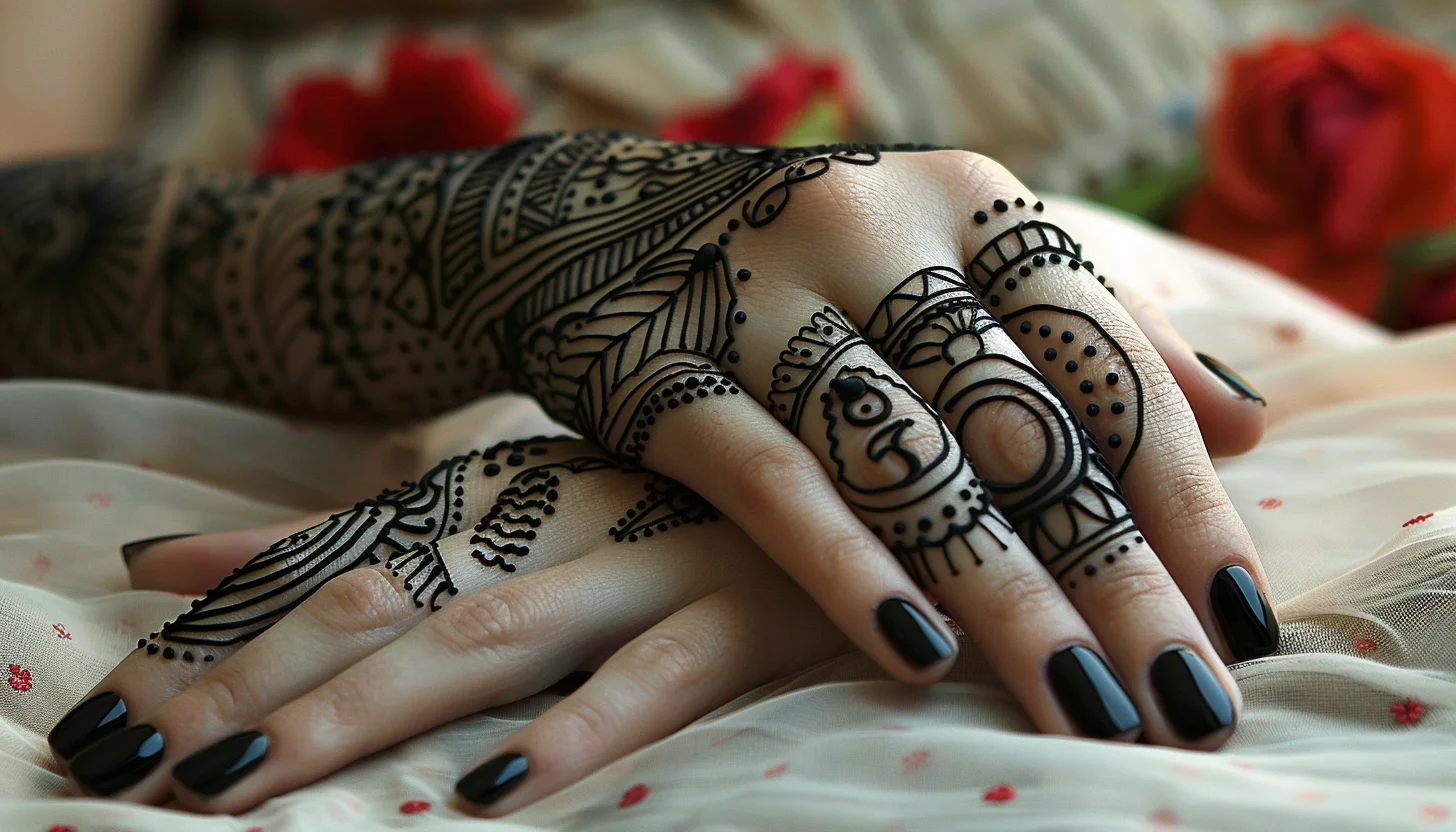
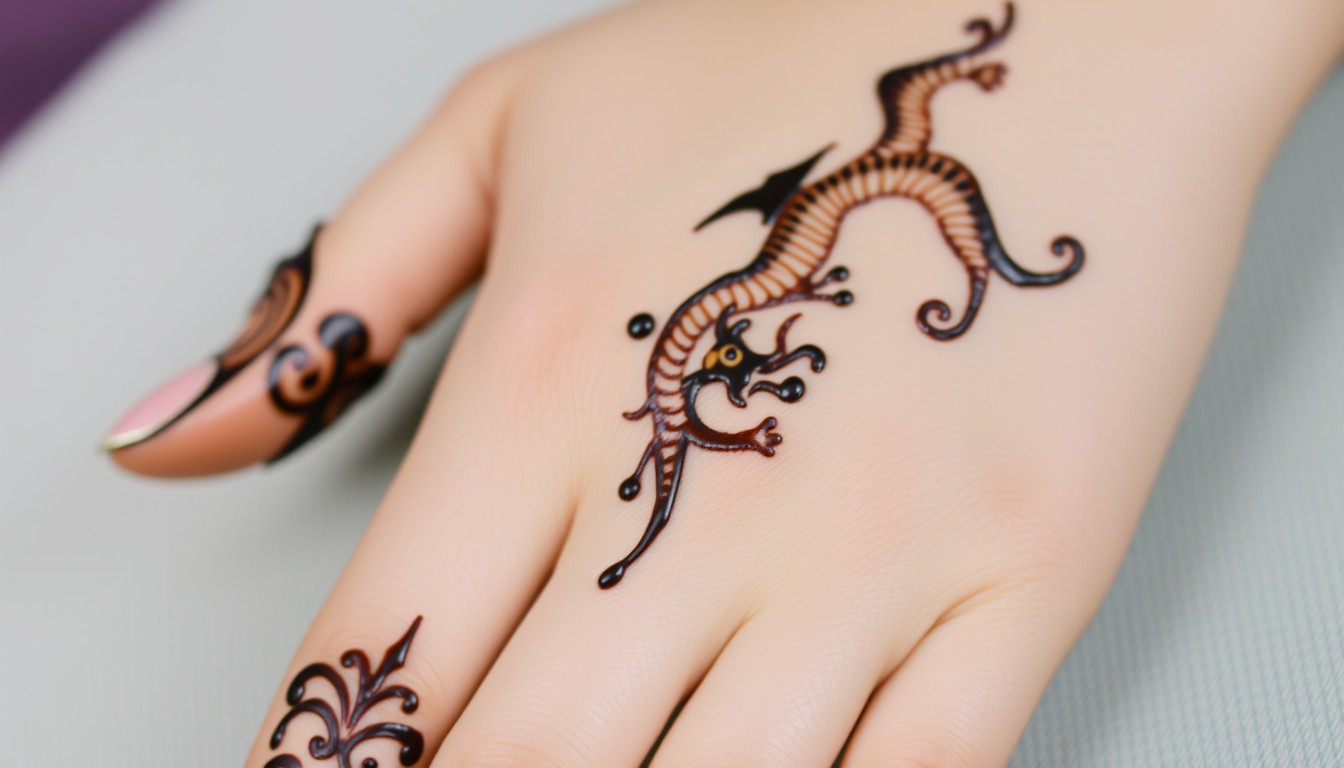
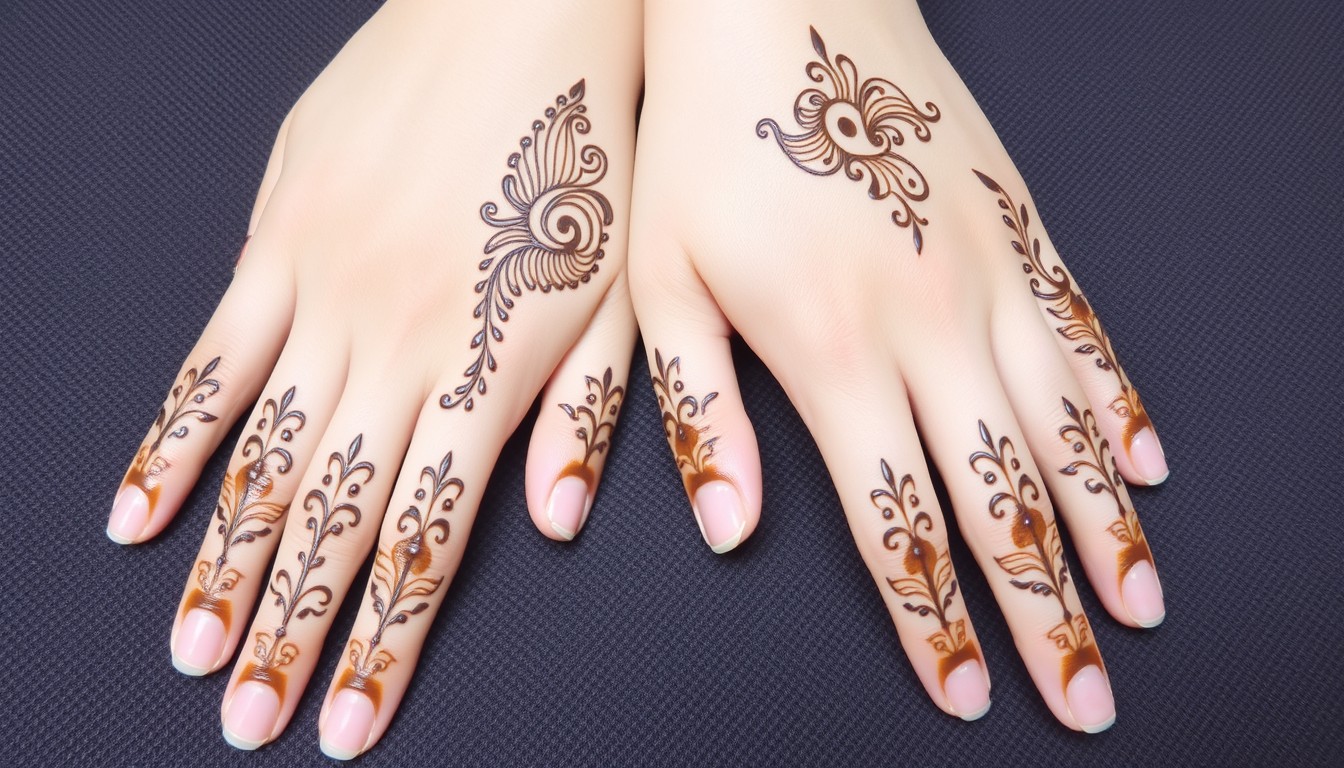
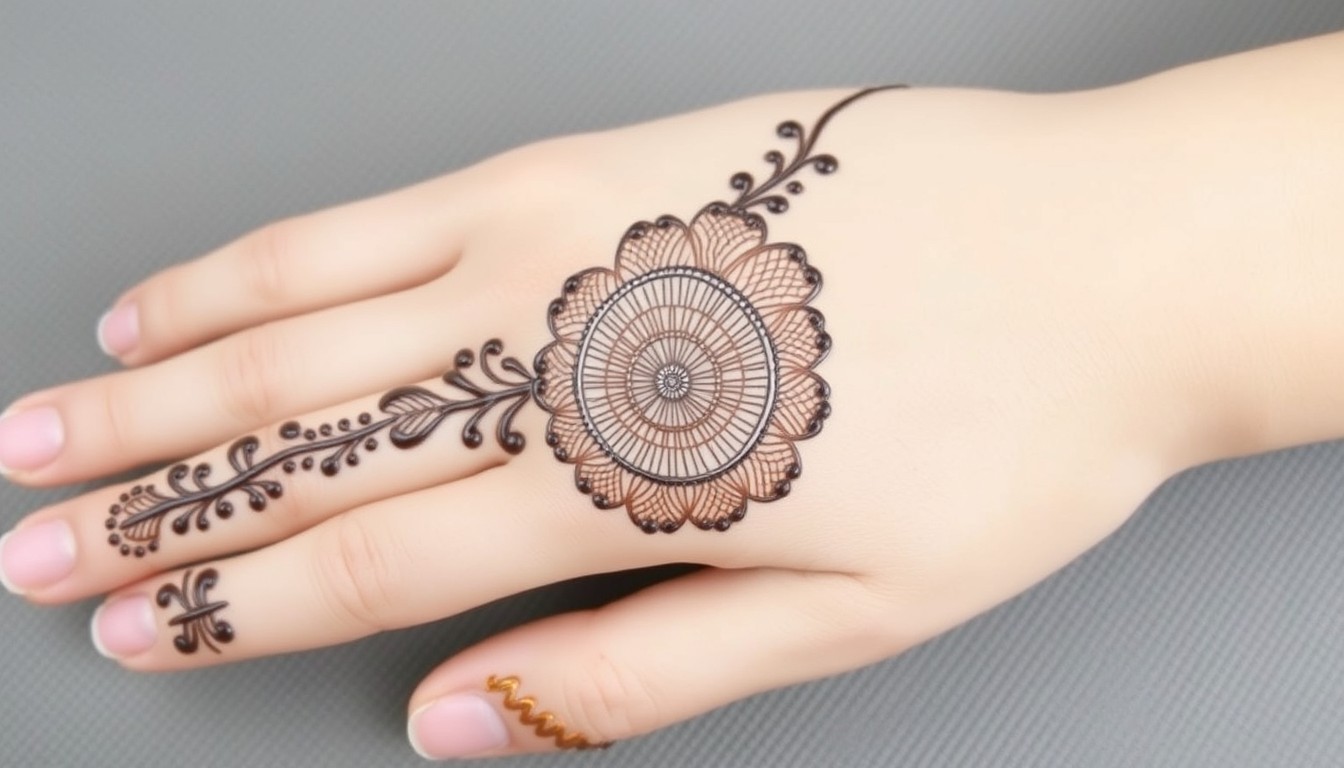
Leave a Reply